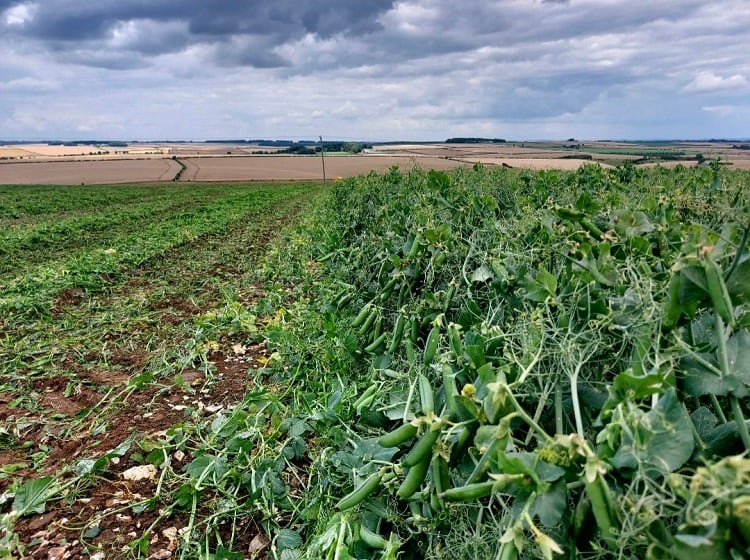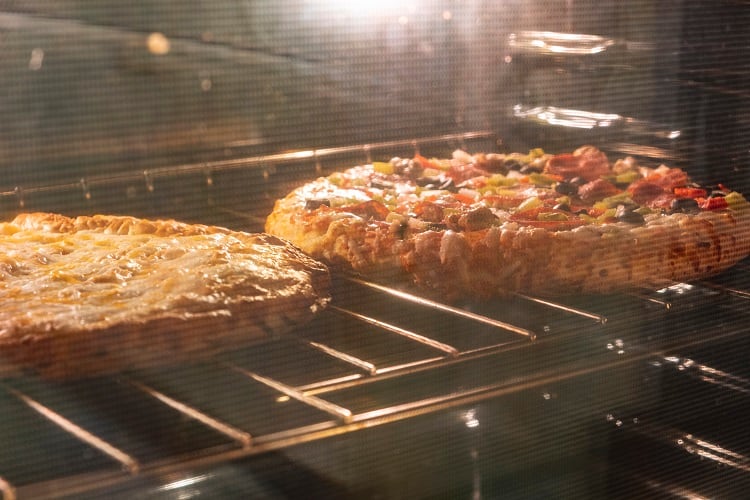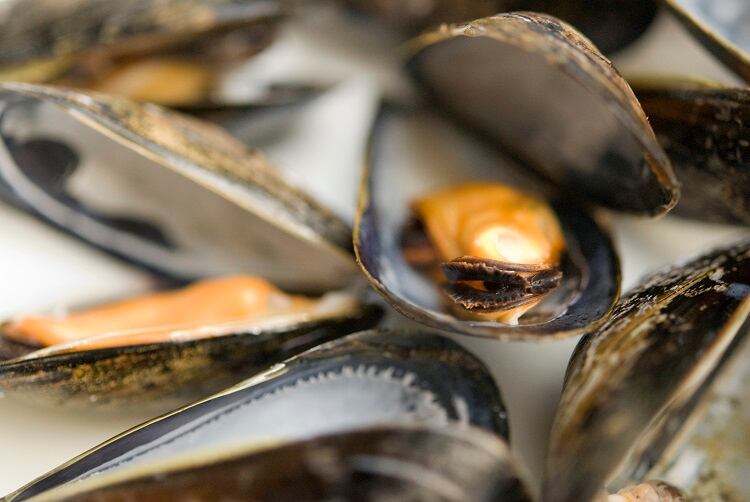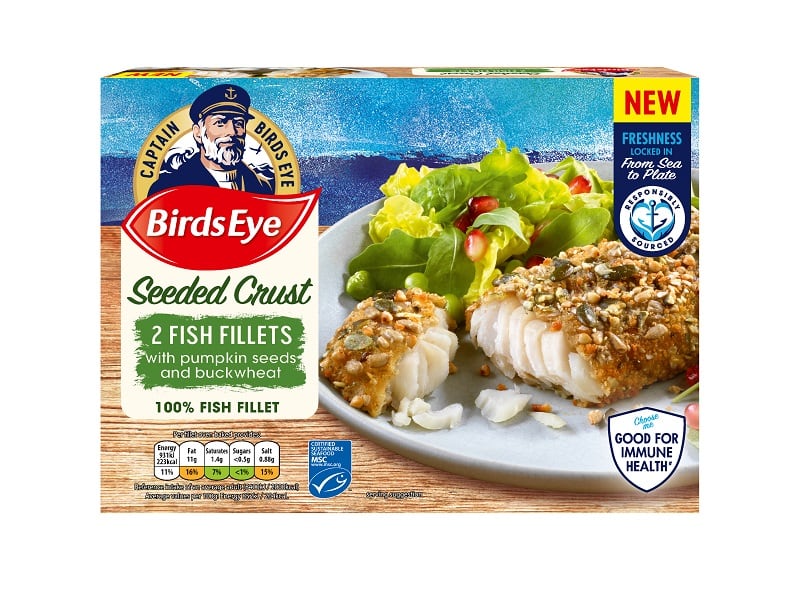Birds Eye UK – part of Nomad Foods – prides itself on the quality of its ‘sweet and tender’ tasting peas, which the company links directly to its ‘just in time’ operation.
Last week, we were given the chance to test that quality. During a media visit to Birds Eye’s operations in Yorkshire’s Kingston upon Hull, a blind tasting of five different brands’ prepared peas (from a selection of supermarket private labels and Birds Eye) suggested the sweetest and most tender did, indeed, belong to Birds Eye.
During harvest season, Birds Eye can produce 48 tonnes of these frozen peas per hour. We went behind the scenes to see first-hand how this operation, considered the leader in frozen peas across Europe, achieves sweet and tender peas for the masses.
The 150-minute ‘picked to frozen’ guarantee
During harvest season (usually early June to early August), the company works around the clock with farmer cooperative The Green Pea Company (GPC) and GXO Logistics to pick and freeze its peas within a 150-minute timeframe.
The TPC cooperative is made up of around 250 growers who sow and harvest Birds Eye’s peas. Nomad plans and coordinates the sowing, harvesting, and transporting of the peas to the Hull site. GXO Logistics, which owns the facility, cleans, blanches, freezes, and stores the peas, before Nomad again takes the reigns for commercialisation.
Any longer and enzymes within the pea begin to breakdown sugars and build up starches, making for fewer sweet notes and more bitter flavours. Important nutrients, including vitamin C, can also be lost in this process.
“As soon as we take the peas from the plant, we start the clock,” Richard Wilson, UK agriculture manager, Birds Eye, Nomad Foods, told press during the site visit. “We need to harvest them, transport them, wash them, and freeze them.
“As soon as the crop is harvested the quality begins to deteriorate, particularly in flavour and colour,” he explained. “We’re trying to lock in that sweet taste and tender pea in 150 minutes.”
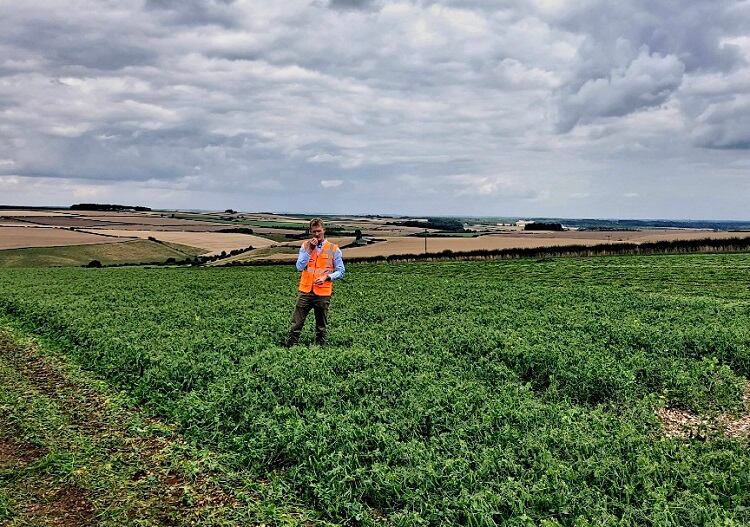
But the 150-minute ambition is not the only influencer over quality. Exactly when the pea is picked is a major factor: there is a 24-hour window within which to harvest the crop at its optimum quality.
This is why 14 pea viners (harvesters) operate 24 hours a day, seven days a week for a period of eight weeks. Every 15 minutes, peas are collected from the viners by lorries to be transported to the Hull factory. “All peas [covering an area of more than 10,000 hectares] are grown within a 40-mile radius of our factory in Hull to ensure the time constraints are met,” said Wilson.
Technological advances drive pea optimisation
Birds Eye and TPC use a mixture of traditional and modern farming principles and practices in its pea production operation, which all starts with a seed.
Nomad owns a glasshouse production facility in Selleberga, Sweden, where it applies traditional breeding techniques to favour desirable characteristics in its pea seeds. Two-thirds of Nomad’s peas are produced from its own varieties of seeds.
Nomad Foods as formed in 2015 following the acquisition of iglo Group. Today its brand portfolio, built through its M&A strategy, includes Birds Eye, Findus, iglo, Ledo, Frikom, Green Cuisine, and Aunt Bessie’s.
Back in Yorkshire, the seeds are then sown in a ‘drilling’ process that usually starts in March. Together with GPC, Nomad designed pea drills which push the peas uniformly and evenly spaced into the ground. According to Nomad, this differentiates the business from other pea-growing operations.
The uniformity of pressing the peas means that they germinate together, emerge together and flower together. The period from flowering to harvest is usually 31 days. When the crops are almost ready for harvest, a sample is gathered and taken to the factory for quality checks.
Once harvested (with GPS-powered viners), they are transported to the factory. This part of the operation is monitored closely by the Birds Eye team within the factory: viner and lorry journeys are meticulously planned out two days ahead of harvest so as to achieve Birds Eye’s 150-minute ‘picked to frozen’ ambition.
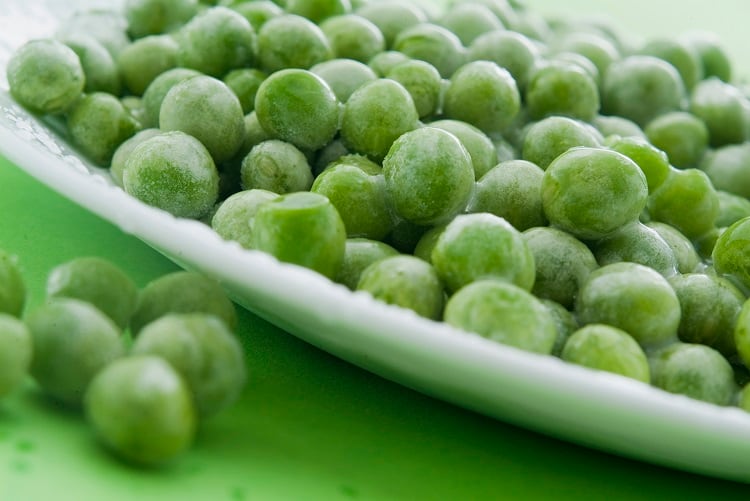
Inside the factory, three 16 tonne lines operate 22 hours a day. Peas are cleaned, blanched at 90˚C, and then frozen at -25˚C. One pallet of frozen peas is produced every three minutes and 18 seconds per line – which all together equates to 48 tonnes of frozen peas per hour.
Adapting to weather variations
Birds Eye works to a very condensed growing season and harvest operation. Growers spend 12-14 weeks drilling seeds, and aim for a 53-day harvest – roughly eight weeks. Usually 80-90 days lapse between drilling and vining.
Out of season, Birds Eye works on planning, grower engagement, examination of trial results, soil sampling, and season preparation.
“We look to start planting peas in late March. Generally, land conditions don’t allow us to plant earlier – it’s either too wet or [we’re wary] of frosts. In the UK, we can get quite late frosts,” explained Wilson.
As a general rule, Birds Eye won’t plant earlier than 23 March, with the aim to complete planting by 5 June. That means there is short five-day gap between the completion of planting and the first days of harvest.
But of course, adverse weather conditions can impact this schedule. This year, for example, planting didn’t begin until 17 April due to an unseasonably wet autumn. While weather conditions condensed the planting period, a warm June (the hottest on record) helped to balance out the schedule. In the end, the late start hasn’t had a ‘massive impact’ on the final income, we were told.
With adverse weather conditions increasingly threatening crop cultivation (while this year was wet, last year was amongst England’s driest on record), Nomad is thinking about strategies to build climate resilience into its operations.
“This year has illustrated the point that we are looking at quite a changing climate. We’ve gone from having a very dry winter…[to] the wettest Marches on record for the last 30/40 years. That then followed into the warmest June,” Wilson told FoodNavigator.
“We don’t irrigate a huge amount of pea crops in east Yorkshire, so there is potential there to control some of the variables [in a] dry summer. There are also areas in genetic breeding and variety selection.
“Drought tolerance could be a variety trait that look to pick up more if the extremes of climate are to become more of a figment of the future…”
Embedding sustainability into Birds Eye operations
In 2021, Nomad announced plans to reduce emissions by 25% in absolute terms by 2025. The company believes it is headed for net-zero well before 2050, and that its interim targets will help ensure it gets there.
Decarbonising Birds Eye’s pea operations is part of the plan. Factors working in Birds Eye’s favour include its localised production and the fact that as a member of the legume family, peas are nitrogen fixing. This means that growers can reduce their use of man-made fertiliser throughout the season.
Other ways Birds Eye is reducing synthetic agricultural inputs is by investigating the use of biologic fungicides, based on living organisms and natural compounds, that offer protection against pathogens.
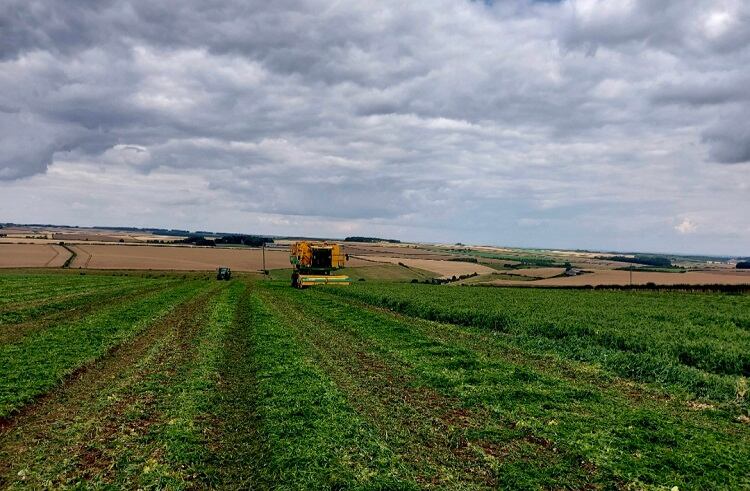
One of the main pathogens associated with pea cultivation is Aphanomyces, caused by the fungus Aphanomyces euteiches. Otherwise known as pea sickness, Aphanomyces can devastate pea crops and drastically reduce yields when crop rotation systems are not correctly implemented.
“Rotation is when you grow a crop on a field, and then you grow a number of other crops until you come around and grow that same crop again. The wider that rotation, the healthier,” explained Wilson. Birds Eye operates a 7-10-year crop rotation to protect against pea sickness.
Other sustainability initiatives include Birds Eye's commitment to the Sustainable Agriculture Initiative (SAI) Platform, which sees it operative in accordance with principles designed to better the environment and society. Such principles cover areas such as soil, nutrient, water and waste management, greenhouse gas emission, biodiversity, crop protection, farm and labour management and plant material selection.
As to aligning with the concept of regenerative agriculture, Wilson said he does in principle – and indeed the business has been investigating the use of cover crops (often used in regenerative agriculture) between harvesting peas and sowing wheat.
But ultimately, transitioning to a completely regenerative agriculture operation would mean shifting to a 100% low inversion tillage system. “We have growers that are following a regenerative system and we have trials to in place to [investigate] the effects of cover crops,” Wilson explained.
“[But] we’re not going to be able to use the drills. We’d have to go for a different operation, a low-inversion, non-tillage operation. We’re looking at that as well.”


